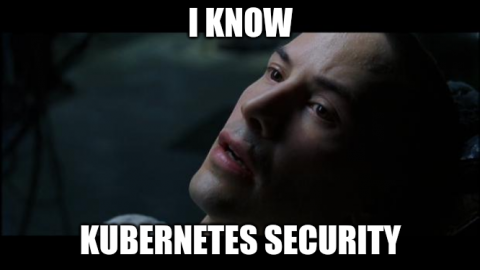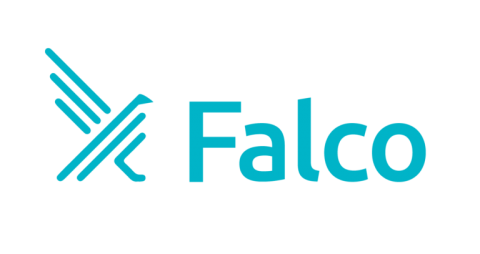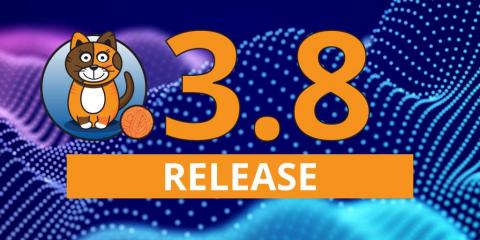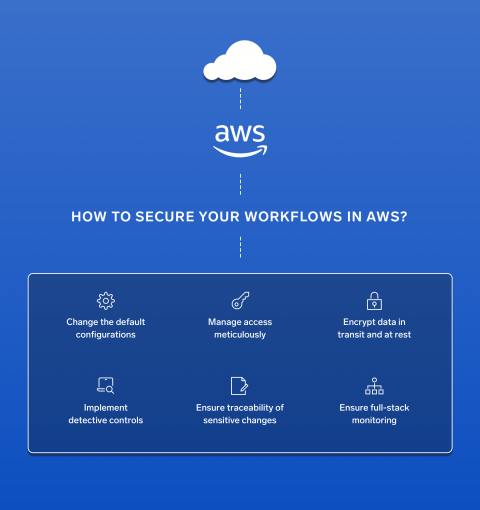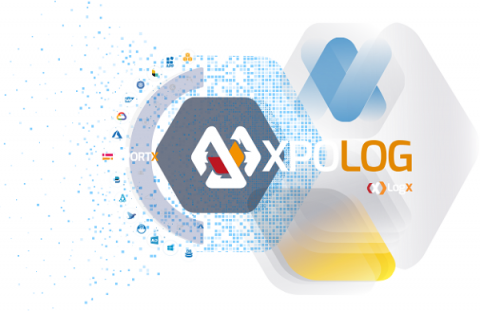33 Kubernetes security tools
Kubernetes security tools … there are so freaking many of them; with different purposes, scopes and licenses. That’s why we decided to create this Kubernetes security tools list, including open source projects and commercial platforms from different vendors, to help you choose the ones that look more interesting to you and guide you in the right direction depending on your Kubernetes security needs.


